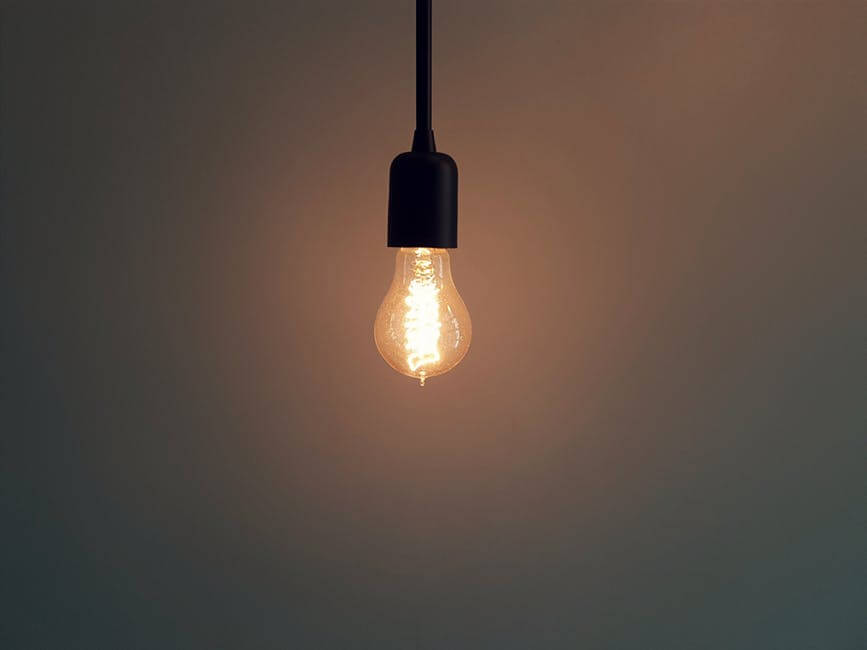Business
5 energy saving tips you could use at home
There are several ways to cut energy consumption at home, including changing your light bulbs to LED bulbs.

Energy efficiency is more important than ever as it can make a difference in your carbon footprint and the cost of your energy bill in terms of savings. But where do you start with such a daunting task of figuring out which items at home consume the most energy?
The biggest power hogs at home
To determine the things that tend to eat up a lot of electricity, it’s time to do some snooping around. One of the best places to start investigating is in the kitchen. According to the National Geographic, microwave ovens consume a lot of electricity while on standby as it is only used for a very brief period of time. A study from the Appliance Standard Awareness Project revealed that microwave ovens are only used 70 hours annually. When in use, it uses up 35-kilowatt-hours to illuminate the clock and keep button controls on standby mode.
Apart from microwave ovens, other examples of items around the house that stealthily consume electricity include set-top boxes, furnace fans, battery chargers, game consoles and pool pumps. These items are considered as “vampire” or “phantom” electronic products as they still consume energy even when off or in standby mode. They are only truly turned off when they are not plugged into a socket.
In addition to this, the size and location of your home are also dependent on the cost of your energy bills. Maria Vargas, a spokesperson for EnergyStar said that on average, households spend $2,200 a year on energy bills. However, the good news is that there are still ways to cut down on your electricity bills.

Take advantage of natural lighting to cut your electric bills. (Source)
Energy saving tips
Lowering energy consumption is easy with these few reminders. All it takes is just making a few adjustments at home and you’re well on your way to saving more money.
1. Upgrade appliances
Replacing an old refrigerator with an energy-efficient one can save you $60 from your annual electric bill. Meanwhile, a top or front-loading washer can save you another $130.
2. Unplug electronics when not in use
As mentioned earlier, electronics that are in standby mode still eat up energy. In fact, appliances or electronics on standby mode takes up 10% of a home’s annual electricity use. By unplugging electronics when not in use allows you savings of $50 per year.
3. Make the switch to LED lighting
LED bulbs can be expensive at first but it offers good quality lighting. For instance, an Osram LED bulb can set you back $39.98 if you want to replace a 60-watt incandescent bulb. But the good news is that you can save $132 if electricity prices are at 10 cents per kilowatt-hour. This gives you 25,000 hours of lighting if used for four hours in one day.
4. Use alternative energy sources
According to Consumer Reports, geothermal heat pumps can cost thousands of dollars and could burn a hole in your savings, but if you look at the big picture it is an energy source that can pay itself back in just five to 10 years. Another consideration is to turn to solar power. Photovoltaic roof panels can cost $20,000 and you can consider solar leasing by renting the system and pay a fixed monthly rate.
5. Consider an energy audit service
Another way to surely cut those energy bills is by letting your house go through an energy audit. This energy assessment will go to the most minute details of your energy use. Examinations will be done room-by-room and usually includes a blower door test and a thermographic scan. While these types of services can set you back hundreds of dollars depending on the size of your home, you’ll be at ease with knowing that precious energy and money isn’t wasted.

-

 Biotech6 days ago
Biotech6 days agoVytrus Biotech Marks Historic 2024 with Sustainability Milestones and 35% Revenue Growth
-

 Crowdfunding2 weeks ago
Crowdfunding2 weeks agoColombia Approves Terrenta’s Crowdfunding Platform for Real Estate Financing
-

 Crypto13 hours ago
Crypto13 hours agoRipple Launches EVM Sidechain to Boost XRP in DeFi
-

 Africa1 week ago
Africa1 week agoCôte d’Ivoire Unveils Ambitious Plan to Triple Oil Output and Double Gas Production by 2030

























You must be logged in to post a comment Login